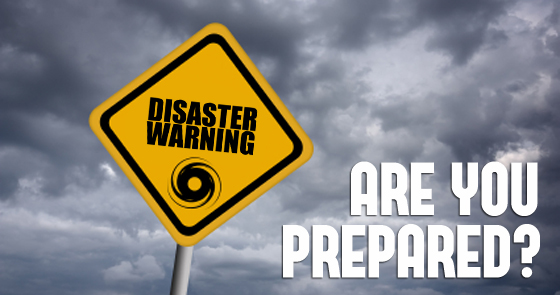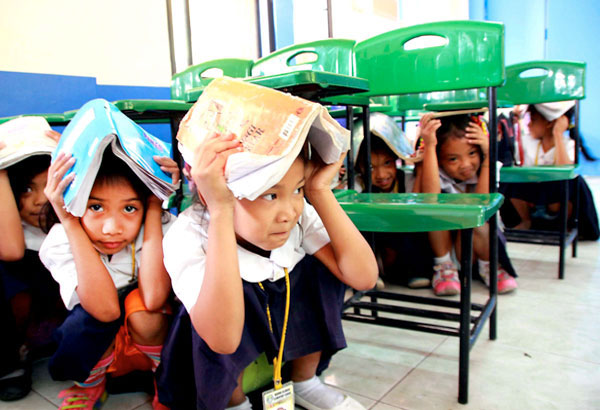FREETOWN, Aug. 16 (Xinhua) -- Sierra Leone's presidential spokesperson Abdulai Bayraytay said Wednesday that the country is in dire need of food, water, clothing, accommodation and medical supplies for the thousands of people left homeless by the devastating floods and mudslide that hit an area on the outskirts of capital city Freetown on Monday.
Bayraytay, who also doubles as lead communicator for the disaster management in Sierra Leone, told Xinhua in an interview they have temporarily provided shelter for the homeless in various schools across the city and that they are currently providing dry food rations for people that were affected by the disaster, but more supplies are needed.
"We need water facility, clothing, medicine, food and accommodation for people that have been left homeless," he said, as work to rescue and recover people suspected to be buried under the rubble is still under way.
"We are still very optimistic that as the recovery effort still continues, we would discover more people. That is why we have ambulances on standby, so that whosoever we discover would be taken to the nearest hospital," the spokesperson said.
He said registration of people suspected to have been victimized by the disaster is still in progress, although he could not provide an update on the latest death toll figures.
He told Xinhua that the government is particularly concerned about any outbreak of cholera in the aftermath of the disaster, hence medical supplies would be direly needed by the government.
"We are very much concerned about any outbreak of cholera. So, whatever medical supplies we get would be greatly appreciated," he said.
Deputy Minister of Health and Sanitation, Madina Rahman, has earlier cautioned people to apply all precautionary measures to avoid catching up with Cholera or any other waterborne diseases .
A release from State House late Tuesday indicated that 83 women, 105 men and 109 children were reported dead during the disaster. As rescue operation is still in progress, the number is expected to rise as more bodies are being transported to the Connaught Hospital Mortuary in Freetown.
According to Baraytay, the government and development partners have deployed social workers in the affected communities to provide psychosocial treatment for affected people.
More relatives on Wednesday have identified some of their loved ones killed by the disaster. Bayraytay said that the burial process would take place at waterloo in the outskirt of Freetown Thursday.





